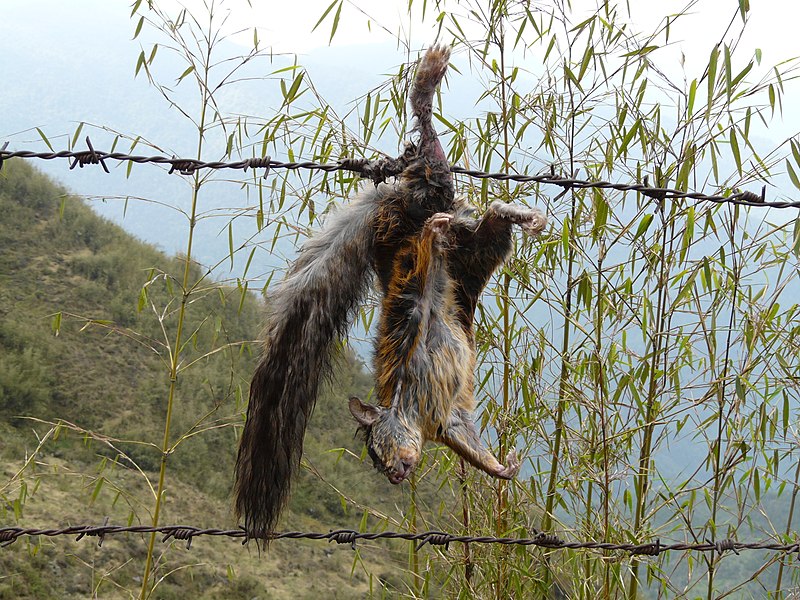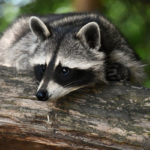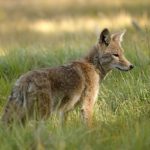Yes, flying squirrels actually glide – they don’t fly like birds or bats
Ever wondered what it’s like to glide from tree to tree, high up in the forest canopy? Imagine soaring through the night sky, navigating effortlessly between branches and leaves. That’s everyday life for the enchanting flying squirrel. These nocturnal acrobats are not just any ordinary squirrels – they possess unique adaptations that make them true marvels of nature. Let’s dive into the captivating world of flying squirrels and uncover some mind-blowing facts that will leave you in awe!
Key Takeaways
- Flying squirrels glide, not fly.
- They have unique adaptations that allow them to navigate the forest.
- These creatures play a crucial role in their ecosystem.
- Flying squirrels have some surprising and quirky behaviors
What Makes Flying Squirrels So Special
Flying squirrels are the daredevils of the squirrel family, equipped with a host of special traits that set them apart. First off, let’s clear up a common misconception: flying squirrels don’t actually fly like birds or bats. Instead, they glide through the air using a special membrane called the patagium, which stretches from their wrists to their ankles. This allows them to soar gracefully between trees, sometimes covering distances of up to 150 feet in a single leap!
Their large, dark eyes are perfectly adapted for their nocturnal lifestyle, helping them see in the low light conditions of the forest night. The soft, dense fur not only keeps them warm but also helps cushion their landings. And let’s not forget their bushy tails, which act like rudders, aiding in steering and stability during their aerial adventures.
There are several species of flying squirrels, with the Northern and Southern Flying Squirrels being the most well-known in North America. Each species has its own unique characteristics, but all share the incredible ability to glide and a set of fascinating behaviors that make them a joy to learn about.

How Do Flying Squirrels Glide?
The mechanics of gliding are nothing short of extraordinary. When a flying squirrel wants to move from one tree to another, it climbs to a high point and launches itself into the air. Stretching out its limbs, the patagium expands, creating a wing-like surface that catches the air and allows the squirrel to glide. By adjusting the position of its legs and tail, it can steer and control its descent with impressive precision.
These adaptations are crucial for their survival, allowing them to escape predators, find food, and explore their environment. It’s like having a built-in parachute that enables them to navigate the forest canopy effortlessly. Plus, it looks incredibly cool!
Fun fact: While the average glide covers about 20-30 feet, some flying squirrels have been recorded gliding up to 150 feet in a single bound! That’s equivalent to jumping across half a football field. Imagine having that kind of superpower!
Flying Squirrel Habitats and Lifestyle
Flying squirrels are true forest dwellers, making their homes in various types of woodlands across the globe. They thrive in both deciduous and coniferous forests, preferring areas with plenty of mature trees. These trees not only provide the high perches they need for gliding but also offer abundant food sources.
During the day, flying squirrels take refuge in tree cavities, abandoned woodpecker holes, or nests they’ve constructed out of leaves and twigs. Come nightfall, they emerge to forage and socialize. Their diet is quite diverse, including fruits, nuts, seeds, fungi, and even insects. Their nocturnal nature and excellent night vision make them proficient night-time foragers.
Despite their solitary foraging habits, flying squirrels are quite social when it comes to nesting. It’s not uncommon to find several squirrels sharing a nest, especially during the colder months. This communal living helps them conserve body heat and stay warm through the winter.
One of the most fascinating aspects of flying squirrels is their role in the ecosystem. They are vital for seed dispersal, helping to spread various tree and plant seeds throughout the forest. This contributes to forest regeneration and biodiversity. Additionally, their diet includes fungi that form symbiotic relationships with tree roots, aiding in nutrient absorption – an essential process for healthy forest ecosystems.
Surprising and Quirky Behaviors
Flying squirrels are not just impressive gliders; they also have some pretty quirky behaviors. Communication among these creatures is a complex blend of vocalizations, body language, and even chemical signals. They produce a range of sounds, from high-pitched chirps and whistles to low, throaty growls, each serving a different purpose, such as warning of danger or calling to a mate.
Socially, flying squirrels exhibit a range of interactions. They are generally peaceful and avoid conflict, preferring to resolve disputes through displays and vocalizations rather than physical confrontations. Their social structure is fascinating, especially when it comes to nesting. During the breeding season, males may compete for females, but outside of this period, they often exhibit cooperative behaviors, sharing nests and food resources.
Interestingly, flying squirrels sometimes find their way into urban areas, adapting to city life with remarkable ease. They might nest in attics or other sheltered spaces, gliding between buildings just as they would between trees. Their ability to adapt to various environments showcases their incredible resilience and versatility.
One particularly charming behavior is their “glide display,” a form of acrobatic showmanship where they perform elaborate gliding maneuvers. This is thought to be a way of demonstrating their prowess to potential mates or rivals. It’s a breathtaking sight that highlights their agility and grace.
Conclusion
Flying squirrels are undoubtedly some of the most captivating creatures in the animal kingdom. From their impressive gliding abilities to their vital ecological roles and quirky behaviors, they offer a fascinating glimpse into the wonders of nature. Next time you find yourself in a forest at night, look up – you might just catch a glimpse of these incredible aerial acrobats in action.
Whether you’re a seasoned nature enthusiast or someone simply curious about the world, flying squirrels are sure to inspire a sense of wonder and appreciation for the natural world. So share these fun facts with friends, explore more about these amazing creatures, and keep the spirit of curiosity alive!














